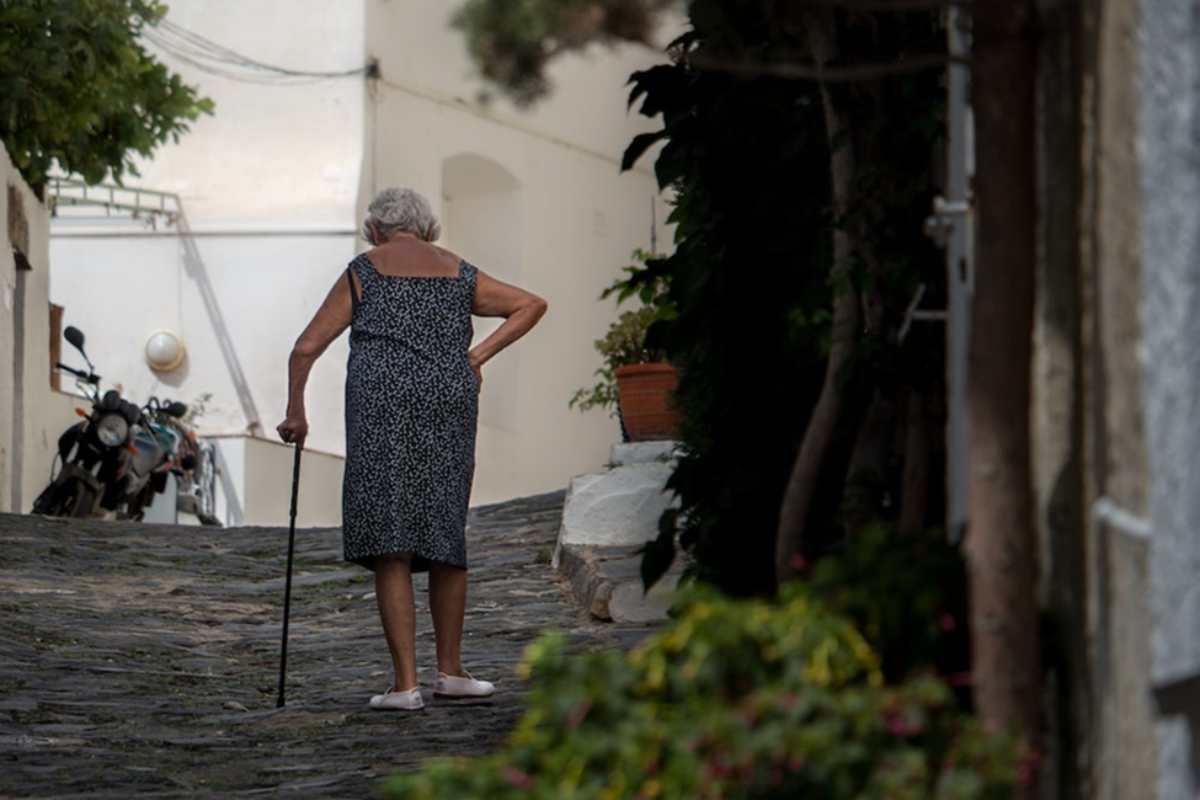The seriousness of falls among seniors is often overlooked. Interestingly, one in every four seniors experiences a falling incident every year in America. This makes falls a leading cause of fatal and non-fatal injuries for people aged 65 and above. While not all falling incidents result in injuries, falls can lead to broken bones, head injuries, and wrist and hip fractures.
Falls without major injuries can also cause depression and anxiety among senior adults, making it difficult for your loved one to remain active. If you haven’t decided to take your aging parents or family members to assisted living households like Longhouse for close monitoring, you should work on mitigating falling incidents.
Table of Contents
Common Causes of Falls Among the Elderly
Common causes of falls among seniors include:
- Deteriorating vision – Age-related decline in vision makes it difficult for them to see and avoid tripping hazards.
- Balance and gait – Aging adults gradually lose balance, coordination, and flexibility. This makes them prone to falling.
- Chronic conditions – Most senior adults have one or more chronic health conditions. Health issues, such as arthritis, diabetes, or stroke, lead to inactivity, loss of function, and use of multiple medications, increasing the risk of falling.
- Environment – Most homes don’t have proper modifications to accommodate their declining activity as they age.
- Medications – Over the counter and prescription drugs often cause dehydration and dizziness, which increase the risk of falls.
How to Prevent Falls
Fortunately, most causes of falls are preventable, especially if you know them. The following steps can make your aging parents less prone to falls:
1. Discuss their Health Issues
You should begin by finding out if your aging loved one has challenges managing their health issues. Depending on their age and the severity of age-related health conditions, some can forget to take their prescribed medicines or experience serious side effects. You should discuss their current health issues and how it has affected their everyday life. Encourage your aging loved one to discuss any arising issues with their primary healthcare provider.
2. Do a Safety Assessment of the House
You should also make their home environment safe and free from major causes of falls. While you can consult professional occupational therapists, the following tips can improve the safety of their homes:
- Better lighting – You should increase lighting at home, especially on the staircase. They should also readily reach light switches from the bed.
- Stairs – Install secure rails or handles in the staircase.
- Bathrooms – You should install grab bars or handles in the shower/tub and next to the toilet seat. Using a hand-held shower, shower chair, or walk-in bathtub also improves their safety in the bathroom.
- Remove tripping hazards – You should scour your home for potential tripping hazards, such as electrical cords, loose or torn rugs, spills, and loose flooring material, and declutter the walkway and corridors. You should also schedule regular eye checks and encourage them to wear non-slip shoes.
- Know Your Emergency Hotlines: Living with the elderly is not an easy job to do. So, preparing everything you need during an emergency or accident would save you a lot of trouble when the day comes, as this is inevitable and usually happens in the elderly stage. You should have a list of contacts you can depend on if you seek immediate attention and help. For example, the number of ambulance clinics or hospitals to call, like Jacksboro Urgent Care, can cater anytime and round the clock, as urgent medical attention is needed.
Endnote
Fall prevention strategies are important for aging adults. Health issues, declining physiological abilities, and medication make seniors prone to falls. Protecting your loved one from accidental falls requires that you understand the primary causes. You should then modify the environment and encourage physicians to review their medication to reduce falls. If they can’t manage their everyday activities, consider moving them to assisted living facilities for better care.






